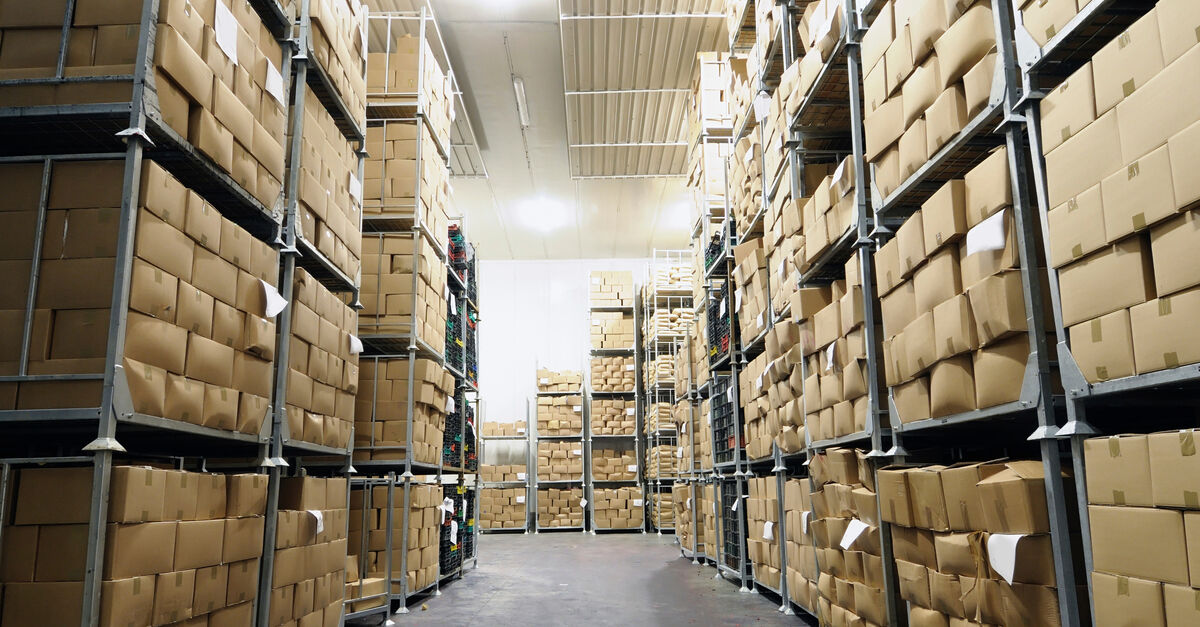
Cardboard produce bins have become a go-to solution for many business owners in the agriculture and retail sectors. Their affordability, lightweight nature, and versatility make them indispensable for transporting and displaying fruits, vegetables, and other perishable goods.
Still, you must know how to properly store and maintain cardboard produce bins to maximize their longevity. Dive into tips to avoid common mistakes, and ensure these containers serve your business well for a long time.
Invest in Quality Bins
First things first, acquire heavy-duty bins in top-notch condition. Higher-quality bins may cost more upfront but often provide better durability and longevity. This pays off in reduced replacements and fewer disruptions. When evaluating options, consider the following:
- Water-resistant coatings: Many suppliers offer bins with wax or polyethylene coatings to resist moisture.
- Load-bearing strength: Choose bins rated to handle the produce you handle most often, especially if you deal with heavier items like pumpkins or watermelons.
- Reputable suppliers: Buy from reliable vendors known for their consistent quality and customer support.
Some suppliers, such as United Container, provide the additional benefit of wholesale prices. You can get single-walled and double-walled cardboard produce bins from us in bulk. We guarantee that our bins are free of holes, stains, or missing flaps, and they can support the weight of heavy perishable crops and dry goods.
Store Them in a Cool, Dry Place
Once you have the containers you need, be sure to store them safely. Cardboard is vulnerable to moisture. Even moderate levels of humidity can weaken its structural integrity over time, causing sagging, softening, or warping. For this reason, you must store your produce bins in cool, dry places. Ensure the proper environmental conditions by controlling the humidity, avoiding temperature extremes, and preventing accidents.
Controlling Humidity
Always store your bins in a well-ventilated, humidity-controlled area. Avoid basements, outdoor sheds, or areas prone to leaks. If you’re in a humid climate, consider using a dehumidifier.
Avoiding Temperature Extremes
Excessive heat can weaken the adhesive used to construct many cardboard bins. On the other hand, cold, damp environments can lead to mold growth. Keep your storage area at a consistent temperature.
Preventing Accidents

Regardless of the conditions, raise your containers off the floor. Use pallets or shelving to elevate bins and protect them from unexpected spills, flooding, or condensation. These actions significantly reduce the risk of water damage, warping, or contamination.
Stack Them Strategically
Improper stacking is one of the most common causes of damage to cardboard produce bins. While they’re strong enough to implement in heavy-duty uses, their designs aim to be lightweight. This means they have weight limits you shouldn’t exceed. To stack them correctly, distribute the weight evenly, avoid over-stacking, and use strapping if necessary.
Stack the heaviest bins on the bottom, and place lighter ones on top to prevent crushing or bowing. Resist the urge to stack too many bins on top of each other. If transporting stacks of bins, consider securing them with straps or shrink wrap to prevent sliding or toppling during movement.
Strategic stacking maintains the shape of the bins and reduces the chance of accidents during handling. Follow the manufacturer’s stacking recommendations, which often indicate how many bins you can stack safely.
Limit Exposure to Moisture During Use
Even when the bins are actively in use, exposure to moisture poses one of the greatest risks. Produce, especially items like leafy greens and melons, often introduces humidity or condensation into the bins.
To minimize moisture exposure, line the bins with plastic liners or wax-coated inserts to create a moisture-resistant barrier between the produce and the cardboard. If water pools in the bins due to condensation or leakage from produce, empty it immediately. Lastly, avoid washing bins directly. Instead, maintain cleanliness by lining the bins and discarding heavily soiled ones.
These methods prevent water from seeping into the cardboard. Actively managing moisture during use significantly preserves the strength and durability of the bins.
Handle With Care
Cardboard produce bins can degrade quickly if mishandled. Follow these tips to properly store and maintain cardboard produce bins to ensure they suffer minimal wear and tear.
Lift and Move Them Properly
Always lift bins from the bottom instead of dragging or pushing them. Likewise, avoid scraping them along rough surfaces. Doing so can tear the corners or edges.
Train Staff on Careful Handling

Educate your team on the importance of treating bins gently. Make sure they don’t toss or slam them onto surfaces. Slamming them is especially costly when they’re empty and more prone to damage.
Inspect Containers for Pre-Existing Damage
Before filling or transporting a bin, check it for cuts, tears, or weak spots. Reinforce any minor issues with packing tape, and discard bins that are severely compromised.
Rotate Inventory
Practice an inventory rotation system like you would to manage perishable goods. Rotating bins reduces waste and ensures you always have reliable ones on hand. Cardboard weakens with age, even when stored under the right conditions, so be sure to use older bins first.
When bringing in new stock, place the older inventory at the front of the storage area to ensure you use it first. In addition, mark the purchase date. Depending on how frequently you use bins, marking the date of purchase ensures you can identify which ones you should use or inspect for viability. Inspect older bins regularly for spots of moisture, brittleness, or structural compromises, and remove any that no longer meet your quality standards.
Avoid Common Mistakes
Some pitfalls can quickly reduce the lifespan of your bins or create inefficiencies in your workflow. Proactively addressing these issues allows you to avoid disruptions and ensure safer operations. Here’s what to watch out for:
- Ignoring manufacturer guidelines: Always follow specific instructions for storage, handling, or maximum load weight to prevent structural failures.
- Overloading bins: While it’s tempting to maximize the capacity of each bin, exceeding the weight limit often leads to bottom blowouts or tears.
- Storing near hazardous materials: Cardboard absorbs odors and chemicals easily, so keep containers away from cleaning agents, pesticides, or other potentially harmful substances.
Storing these containers correctly and handling them with care will guarantee your bins remain dependable and reduce waste in your operations. With these strategies in place, you’ll not only save money but also improve efficiency and safety in your business.
Posted by





